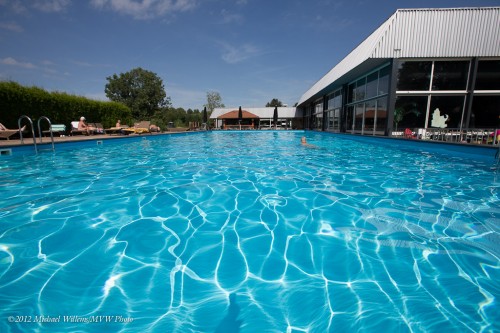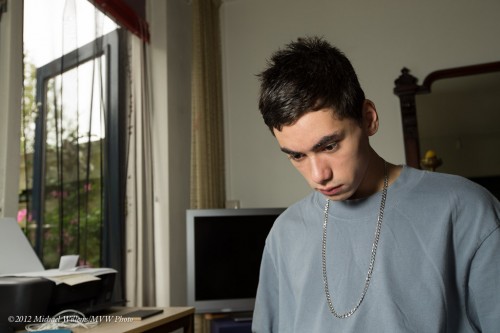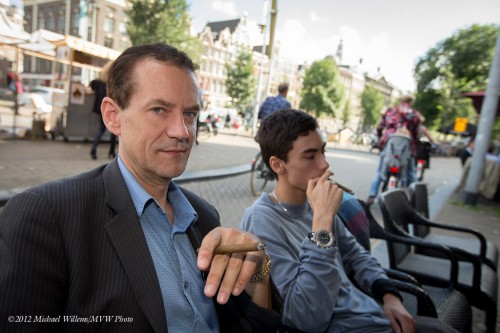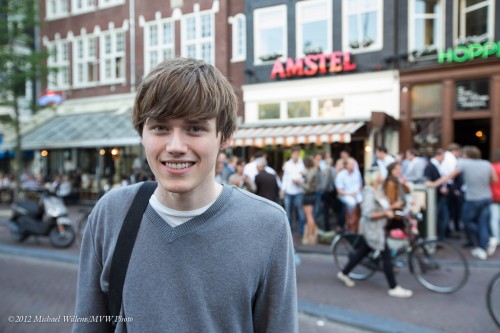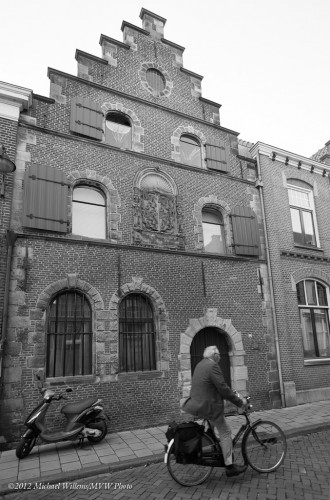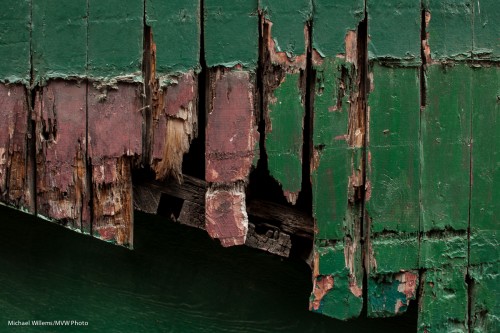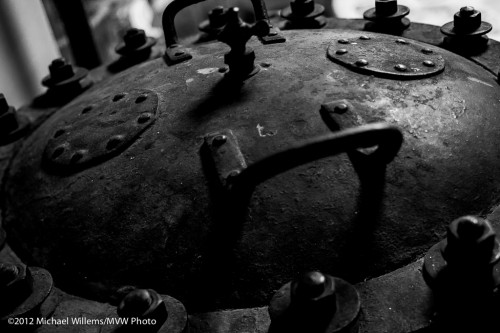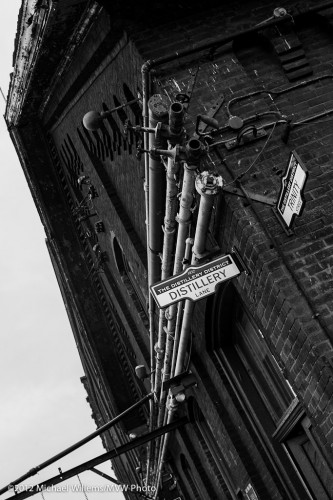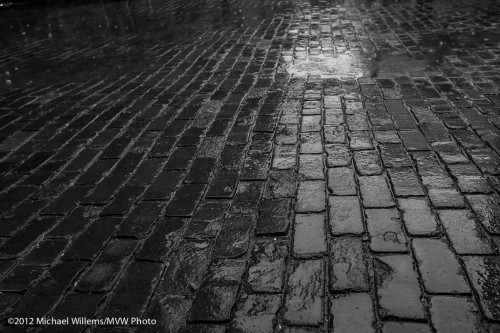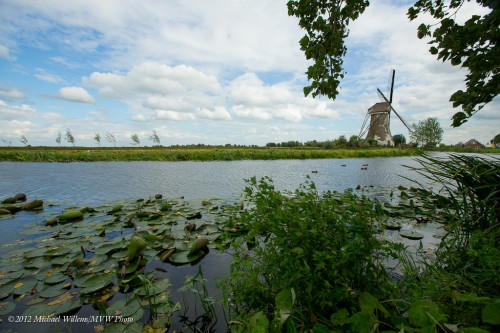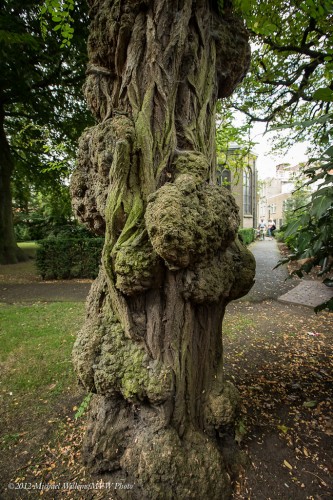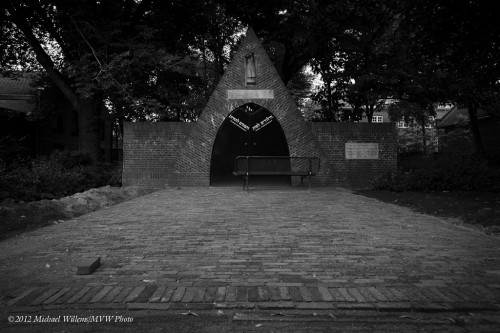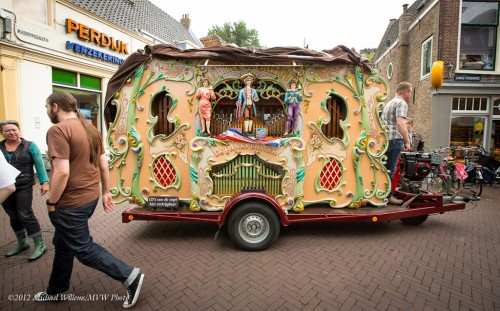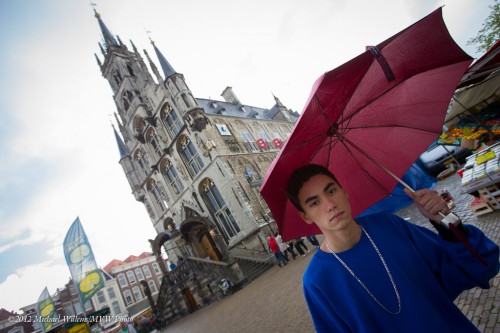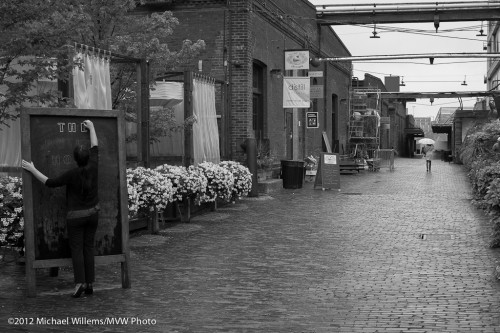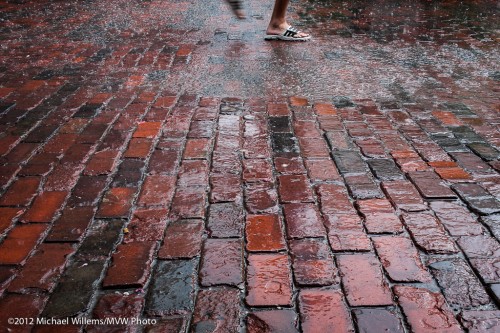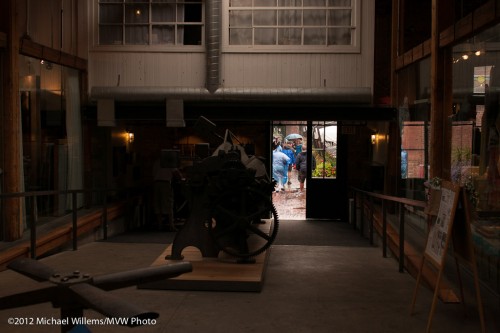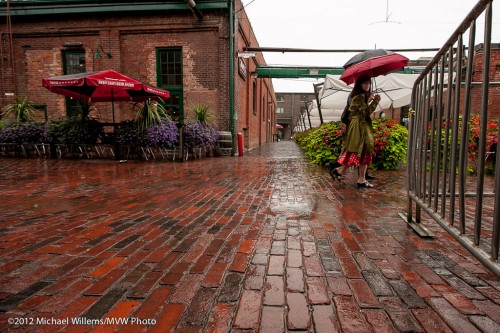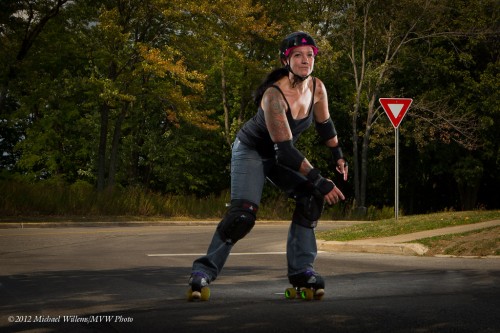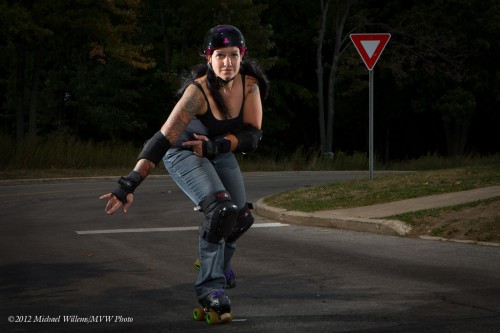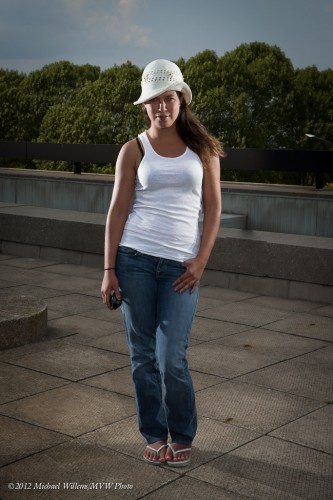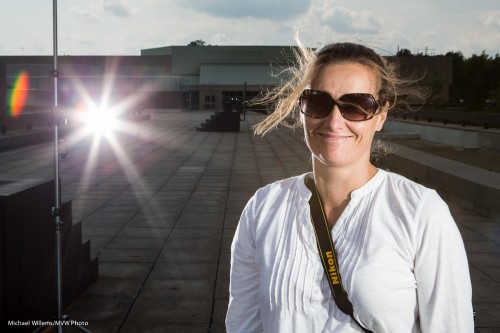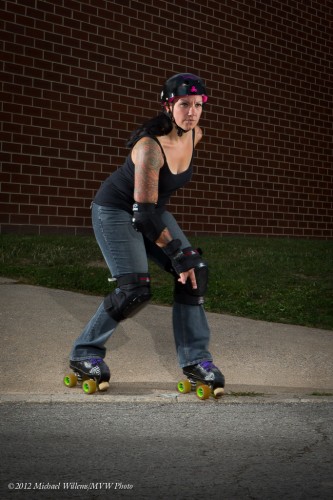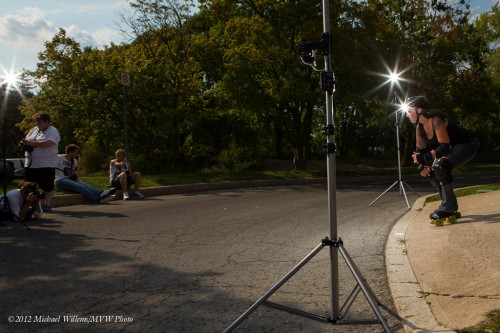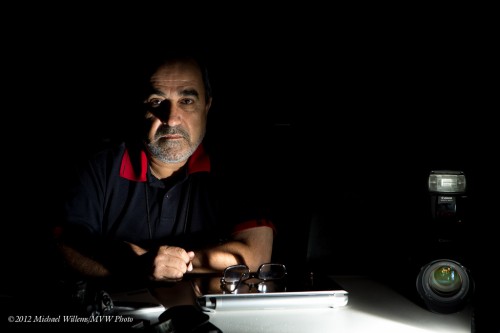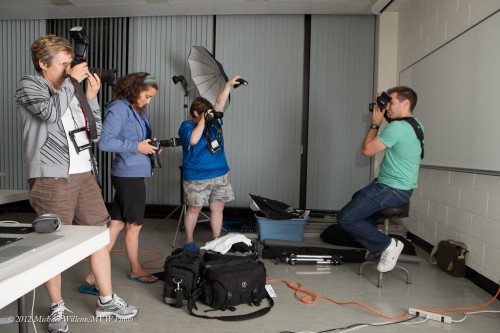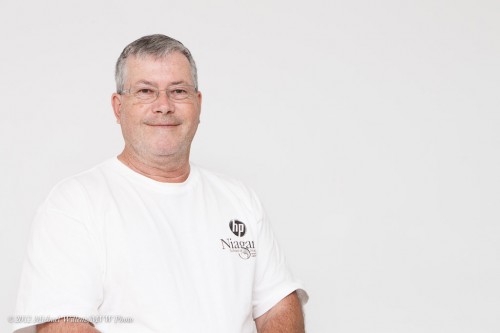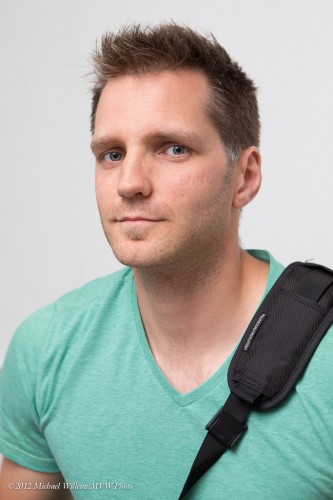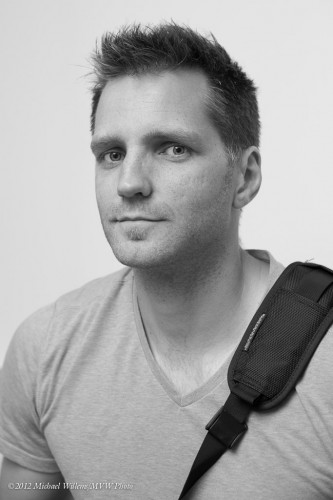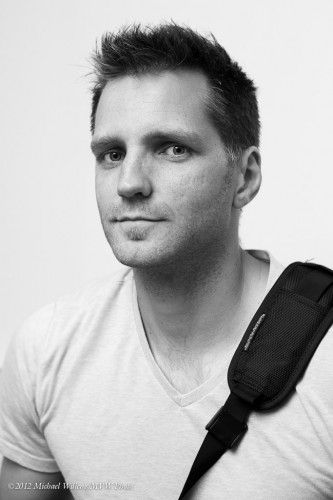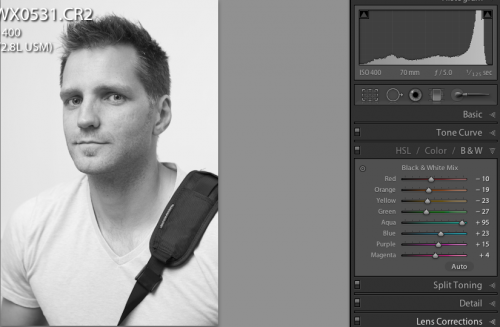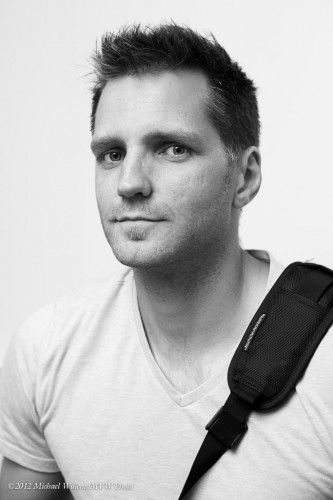A shot from a shoot I did the other day for a magazine shows how important textures and patterns are:
Without the wonderful sun/wave texture, the picture of such an uncharacteristically nice day for the Netherlands would have been rather boring.
We find textures and repeating patterns everywhere – when I am a travel photographer, I make a point of looking for them.
In this case:
- I used the wide angle lens
- I pointed it down to give me that feeling of being surrounded by the water.
- I exposed carefully, down a little to get the saturated colours.
- Using a wide lens allowed the entire picture to be in focus even at f/5.6.
The lens also served to make the people in the shot small and hence unrecognizable, which given that they are nude is probably a good thing.
You see that even for a picture like this, some thought goes into it. Ask yourself questions and you will come up with the answers!

